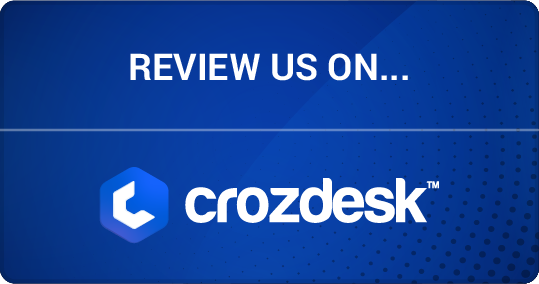So far in this blog series, we have focused on specific use cases of the IWMS+ platform, such as smart cleaning and reservations. Yet the value of IWMS+ isn’t just in its micro-applications. It also lies in its ability to support macro-applications like long-term strategic office space planning. IWMS platforms support the management of global portfolios of buildings and assets – likewise, the IWMS+ product is able to drive decision-making and implementation of local and global workplace strategies.
From Raw Data to Strategic Vision
How does IWMS+ enhance strategic vision? Sensor data, processed through powerful analytical dashboards, provide insights that guide informed decision-making around office space planning. Utilization data collected over a longer period can answer such questions as:
- How many people are using the office? What are peak times and days?
- Do I need to change my office footprint? If so, by how much?
- How mobile are employees within the office? Do they spend most of the day at their desks or do they migrate across different kinds of spaces?
If the results suggest that buildings are under-utilized, building managers can decide to renegotiate office leases. That way, they can eliminate or sublease surplus spaces, possibly even cutting back on entire building floors. Applied to a whole portfolio of buildings, utilization monitoring can generate enormous and rapid returns on investment.
Yet utilization insights do not just help optimize the existing portfolio. They also can inform the designs of new buildings and leases. If data show that employees are highly mobile and favor collaboration spaces, then those types of rooms can be scaled up in new designs. If usage patterns suggest that employees favor workspaces near windows or indoor plant displays and avoid workspaces near staircases, then room and seat configurations in future designs can take this into account.
A truly macro perspective would combine multiple streams of data, ranging from utilization and comfort sensors to employee satisfaction surveys and service provider performance reviews. Captured in such measures as the Leesman Index, this would generate a complete picture of how the workplace is meeting the needs of different stakeholders over time, identifying pain points and helping to develop solutions for a healthy, well-functioning work environment.
Office Space Planning: From Insight to Implementation
But the power of IWMS+ isn’t just to provide a macro-perspective of a building or real estate portfolio. To be sure, sensors generate powerful insights, but the actual implementation of the new strategies requires an IWMS. If an organization does identify an opportunity to eliminate an entire floor, whole departments – with all of their assets – will need to relocate. An IWMS helps to plan and implement that move, from generating barcodes for all of the furniture to assigning assets to new spaces and tracking inventory and ownership along the way. Once completed, the IWMS manages the back-end support of the workplace, assigning different workspaces or meeting rooms to specific departments and even individuals.
Likewise, the IWMS will also help track key aspects of leases and other real estate contracts, generating notifications of major milestones like renewal dates. Real estate managers can upload copies of contracts for reference. They can also designate responsible individuals as points of contact. And they can capture other KPIs enabling them to track and measure entire portfolios against each other.
The Combined Power of Monitoring and Management
We see that, at the strategic level, IWMS+ brings together the power of monitoring and management to empower decision-makers in planning for the future and making those changes. Real-time data aggregated over extended periods provides the insights necessary for quality decision-making while the IWMS is able to translate decisions into reality, both at the portfolio and the individual level.
Both IWMS and Smart Building systems are available as stand-alone products. But in an IWMS+, they are fully integrated so that changes made in one system automatically update the other. This is incredibly valuable when changing floorplans or making other major design changes, as it saves time and reduces the risk of errors. And because strategic decisions around office space planning draw on a wide range of data sources, having everything available in one place in a standard format can make it easier to draw conclusions.
This post on smart office space planning is Part 5 of an ongoing series on IWMS+. Earlier posts introduced the concept of IWMS+ and discussed smart cleaning and smart room and smart workspace reservations. If you’d like to receive notifications about future additions to this series and other Spacewell knowledge content, please sign up here.









